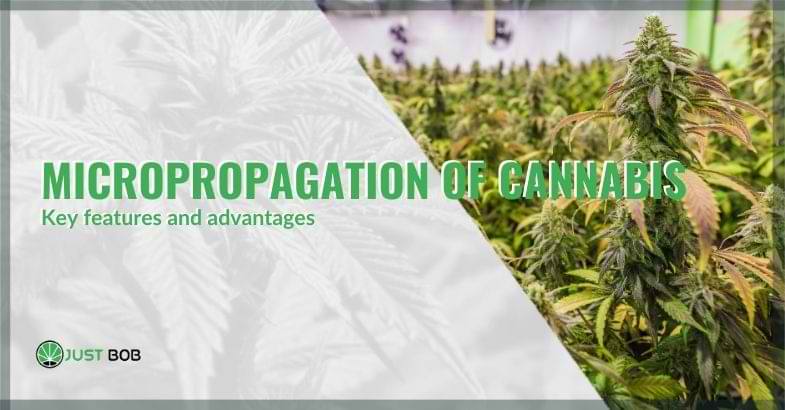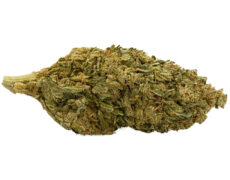Modified on: 19/04/2024
CANNABIS MICROPROPAGATION: THE CULTIVATION TECHNIQUE OF THE FUTURE?
Apparently it is possible to grow cannabis and CBD cannabis in small spaces and get a great yield with cloned plants that resist diseases.
But how is that possible?
-
 SMALL & BIG
SMALL & BIGBUBBLEGUM
Starting from: 1,25CHF/gIndoor | CBD – CBDA <22%
Grams3 5 10 20 50 100 -


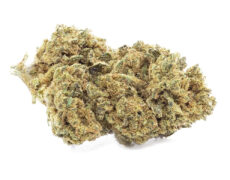
DO SI DOS
Starting from: 2,00CHF/gIndoor | CBD – CBDA < 19%
Grams3 5 10 20 50 100 -


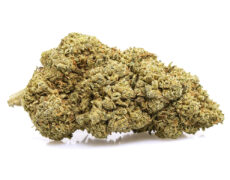
ROYAL GG#4
Starting from: 2,30CHF/gIndoor | CBD – CBDA < 40%
Grams3 5 10 20 50 100 -


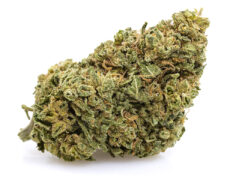
GORILLA GLUE
Starting from: 2,90CHF/gIndoor | CBD – CBDA < 20%
Grams3 5 10 20 50 100
This is the purpose of micropropagation, an innovative technique that continues to be studied.
In fact, the research has still found numerous problems that hinder this method. In this article we will look into the issue, also focusing on the positive aspects of micropropagation.
Let’s start!
Why micropropagation is not yet so much applied in cannabis cultivation
In the commercial production of cannabis and hemp (of cbd flowers too), it is important to produce a large number of plants with very predictable genetics and therefore with equally predictable properties. To do this, commercial growers collect seeds or cuttings from a large mother plant and then propagate new plants from these ‘materials’. This propagation method produces very predictable harvests, but mother plants require large amounts of space and resources to be maintained. Moreover, they must be replaced every six months or so when they lose vigor or fall victim to disease, making the process very laborious and inefficient.
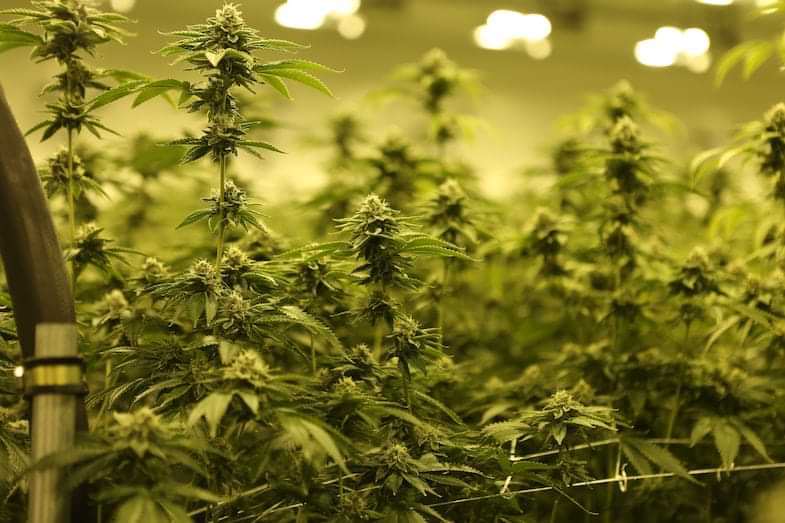

Other horticultural sectors avoid these problems by using a different propagation technique, micropropagation. But this practice has never been widely adopted by the cannabis industry, as cannabis and hemp plants are considered particularly difficult to micro-propagate.
Now a recent paper published in the journal HortTechnology of the American Society for Horticultural Science reports a new method for micro-propagation of hemp that overcomes some of the major challenges posed by previous methods of micropropagation, potentially opening the door to a new and more efficient cannabis production sector.
So let’s go deeper.
Read also: Crumble CBD: everything you need to know about this form of cannabis
How does micropropagation work and what are its advantages?
As mentioned above, extremely small cuttings are taken from a mother plant and then grown under laboratory conditions to produce clones. This technique requires much fewer mother plants than traditional cannabis cultivation, and laboratory-produced plant tissue cultures can be stored longer and in less space than additional mother plants.
From here we discover the first advantage.
Micropropagation produces far more clones than other methods. Since it is not based on seeds, the clones are uniform and have performance similar to that of the mother plant. Plants obtained from tissue culture also have the advantage of being disease-free, often show greater vigor and can grow much more in less space.
The difficulty?
Well, it’s the way these tissue-grown plants are managed, because the grower takes responsibility for feeding nutrients and growth hormones into the culture media and controlling exposure to other variables, such as light and heat.
Although previously published methods of micropropagation for cannabis, hemp plants and CBD weed, none of these have turned out well in large-scale production. Often plants showed inconsistencies in the elongation of shoots, inability to maintain good quality growth, and problems with hyper water – a malformation of the roots of the plant due to excessive water saturation.
I mean, it seems like cannabis doesn’t want to be in tissue culture. But research continues to see what the plant actually needs.
Cannabis cultivation: studies on micropropagation continue
In its new study on cultivation, the University of Connecticut has experimented with a number of different culture media and nutritional treatments to optimize healthy growth of sprouts and leaves in hemp plants. Reseachers have also experimented with the use of jars with a vented lid and 0.2 mm wide pores to see if it would be possible to prevent hyper water of the CBD buds.
The researchers explain that they start the crop using the tips of the buds of plants grown in greenhouses, then the subcoltivans and if they suspect that something is missing, for example that the plant does not receive what it needs in the growing medium, they experience nutrients such as calcium, magnesium, phosphorus and nitrogen to try to increase the growth time in culture.
But that’s not all.
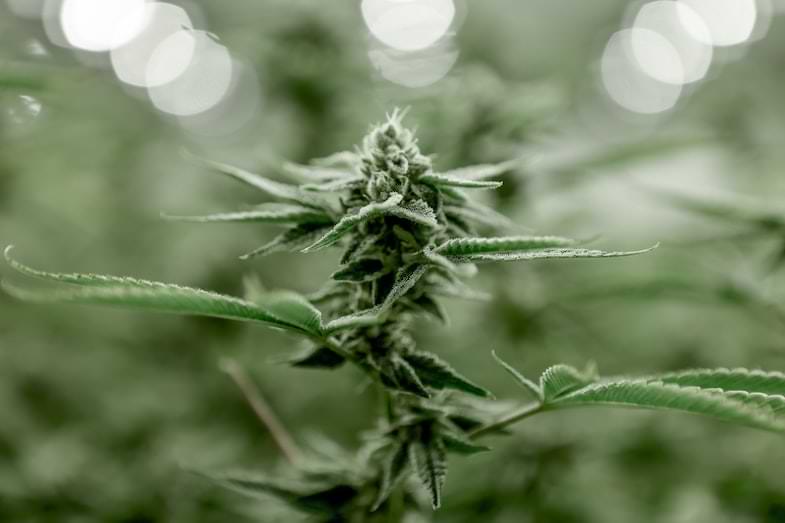

They found that it was possible to make significant improvements to previously published methods by changing the composition of the culture medium at different stages of the life of hemp plants.
The original methodology used a common Murashige and Skoog (MS) culture medium containing small amounts of sucrose, meta-topolin, agar and activated carbon contained in unventilated glass culture vessels. In the improved method, the culture pots were replaced by pots with vented lids and no activated carbon was used. During the initiation phase of the sprouts, the researchers obtained the best results by increasing the amount of agar in the culture medium.
As for the multiplication of sprouts, the plants responded better when the amounts of ammonium nitrate and mesos components in the soil MS were regulated and when the plant growth regulator, gibberellic acid, was added.
But, despite all efforts, it is still not easy to grow cannabis and CBD buds in tissue culture. However, now you can multiply the buds and roots and move from the laboratory to the greenhouse, which is a step forward.
Read also: Cannabis breeding: everything you need to know about the art of marijuana breeding
Conclusion
In this article we have seen how the micropropagation of cannabis takes place. As you may have read, this technique is still in the experimental stage, given the complexity of the plant, and for this reason it must be practiced exclusively by experienced growers.
But the research is going on and the continuous attempts seem promising.
See you soon on Justbob!

